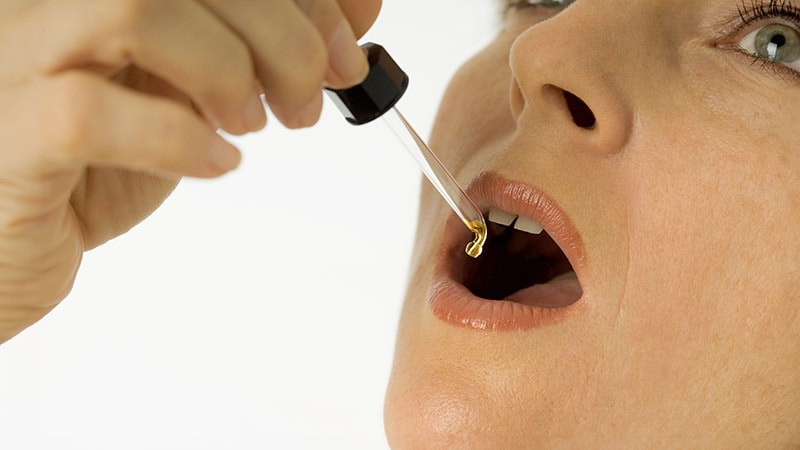Guideline name: Asthma: diagnosis, monitoring and chronic asthma management [NG80]
Update type: New guideline
Published: Nov 2017
Takehome
- In its latest guidance, NICE recommends the use of objective tests such as spirometry and FeNO for a confirmed diagnosis of asthma and not rely exclusively on symptoms or history of atopic disorders.
Investigation/Diagnosis
- Symptoms alone or history of atopic disorders alone should not be used to diagnose asthma. Objective tests including FeNO, lung function tests, and airway hyperreactivity measures can help confirm a diagnosis of asthma.
- If diagnostic uncertainty remains but asthma is suspected, review the response to treatment given in accordance with the NICE guidance.
- Skin prick tests, serum total and specific IgE, peripheral blood eosinophil count, or exercise challenge (to adults aged ≥17 years) are not recommended as diagnostic tests for asthma.
- Check for possibility of occupational asthma by asking employed people with suspected new-onset asthma if there is symptom improvement during non-working days and holidays.
- For children aged <5 years, treat symptoms based on observation and clinical judgement, and review regularly. If symptoms persist at 5 years, carry out objective tests if possible.
Management
- Prior to initiating or modifying drug therapy for asthma, consider possible reasons for uncontrolled asthma including alternative diagnoses, poor adherence, suboptimal inhaler technique, active or passive smoking, occupational exposures, psychosocial factors, and seasonal or environmental factors.
- If asthma is uncontrolled in adults or children (5-7 years) on short-acting beta2 agonist (SABA) as reliever with low-dose inhaled corticosteroid (ICS) and long-acting beta2 agonist, with or without leukotriene receptor antagonist (LTRA) consider increasing ICS dose, trial of additional drug (for example, a long-acting muscarinic receptor antagonist or theophylline), or refer.
- In children aged <5 years, start treatment with SABA as reliever therapy; consider 8-week trial paediatric moderate dose ICS if appropriate and continue treatment if symptoms recur after stopping ICS. If uncontrolled on paediatric low-dose of ICS and LTRA as maintenance, stop LTRA and refer.
Monitoring
- Monitor asthma control at every review.
- Asthma control in adults may be monitored using a validated questionnaire such as Asthma Control Questionnaire or Asthma Control Test.
This summary is reviewed by Prof. Rishabh Prasad MBBS, MA, MSC, FRCGP FRSA
References
References


